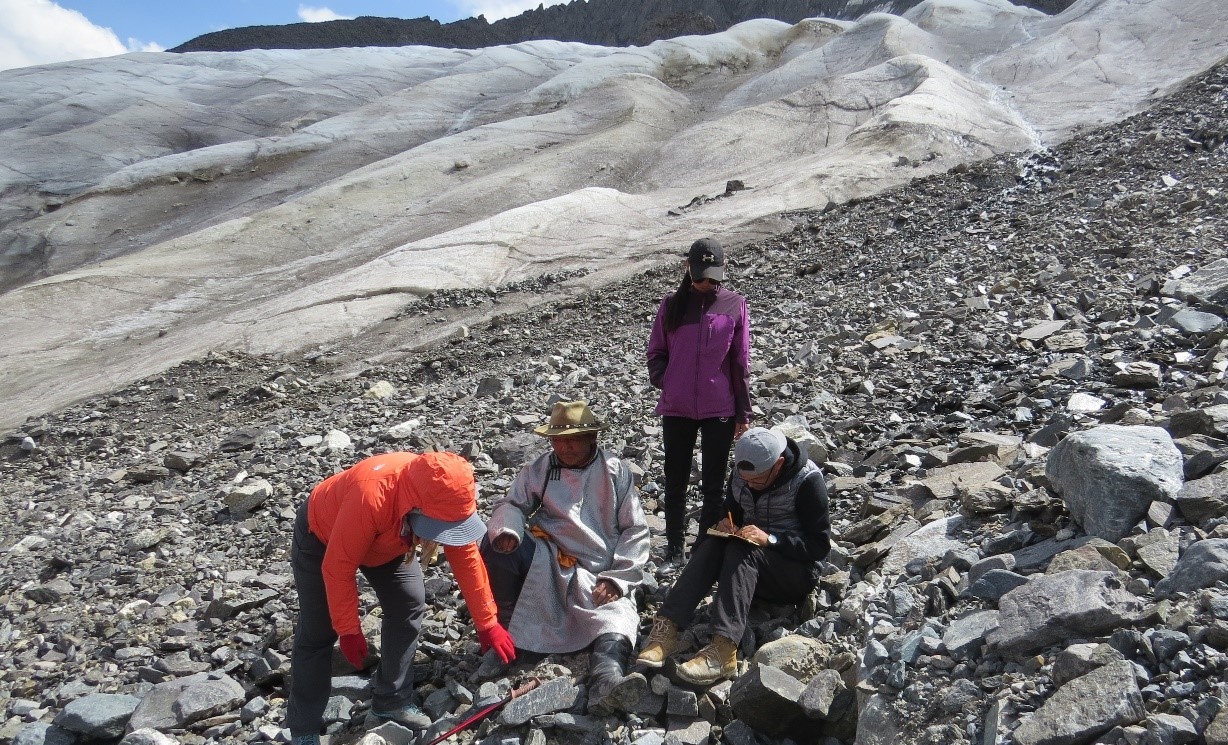Scientists fr om Russia and Mongolia are studying the glaciers of the Altai Mountains, wh ere the most intensive melting of glaciers is currently taking place. An assessment of the 30-year dynamics of glacier melting in Mongolia's second highest mountain, Mönkhkhairkhan, has shown that the glaciers have lost 30 percent of their mass. This may cause severe changes in the region, primarily affecting the rivers and lakes fed by glaciers.
“Mönkhkhairkhan Mountain is a most important area for understanding climate change and glaciation in Mongolia,” said Sergey Kirpotin, one of the authors of the article and director of the TSU Center of Excellence BioClimLand. “Although climate change is hitting the planet fast, its effects vary fr om region to region depending on geographic location. For example, the ecosystems of high-mountain and arid regions of Central Asia are particularly sensitive to global warming.”

Scientists from the Khovd branch of National University of Mongolia and Tomsk State University have analyzed a wide array of information using data from field research, including remote sensing, monitoring at the weather station, and information from the open database of earth observation satellite.
Temperature and precipitation are the main influences on the glaciers of Mönkhkhairkhan Mountain. According to the results of field research, precipitation has been increasing in recent years from rains. In addition, extreme weather changes such as excessive heat, cold snaps, and snowfalls have been observed in summer, while the winter season has been warmer than average for many years.
The glacial mass shrinks most actively at an altitude below 3,600 meters above sea level, wh ere about 20 percent of the glaciers are located. The glacial area has shrunk by 70 percent in 30 years.
“There is a high risk of ecosystem change in the surrounding areas because of glacier melting,” noted Otgonbayar Dembarel. “In the area of the Musun Buurug Lake, Shuurkhain Basin on Mönkhkhairkhan Mountain, permafrost thawing is clearly observed. Due to the retreat of the glacier, the area of the Musun Khanatai Lake located near the glacier of the basin of Doloonnuur has increased by 48 percent from 1990 to 2020.”
As the researchers note, rapid glacier melting can lead to the disruption of glacial dams with possible breakthrough of glacial lakes. Such cases have already been observed. There were no human casualties, but huge ecological damage was caused.

At the same time, small glacial lakes are being destroyed, indicating that climate change is accelerating. Therefore, determining how its key parameters are related to changes in glacier areas will play a crucial role in assessing and predicting climate change in mountain areas, as well as ecosystem stability and water management.